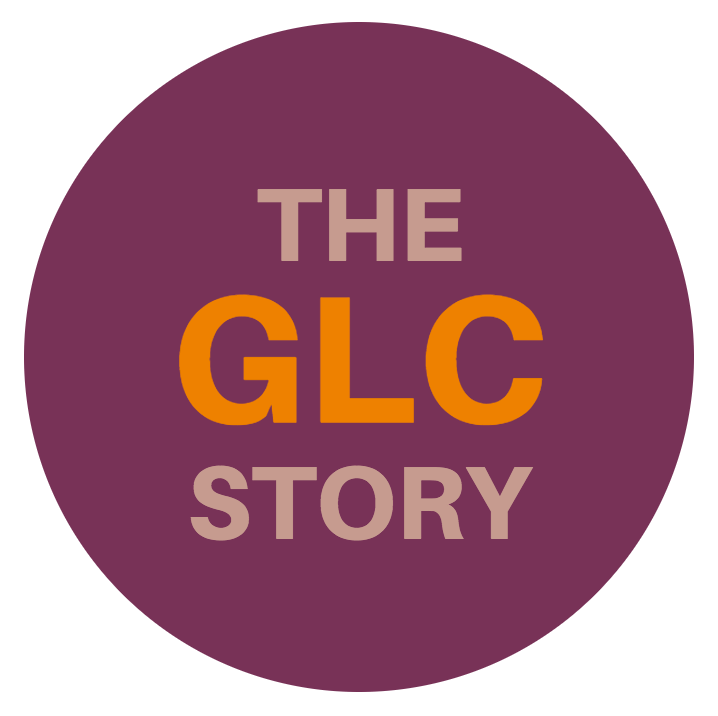What was the Greater London Council?
The GLC was the government for London before the current Assembly and Mayor. In 1981, Labour took control of it and elected Ken Livingstone as leader, embarking on a radical socialist experiment, alongside similar experiments in cities like Liverpool and Sheffield. Thatcher hated it, and from 1983 started threatening to abolish it. This happened in 1986, and it took 14 years for London to have its own government again. When the Assembly and Mayor were set up in 2000, it was a very different institution.
What did the GLC do?
The GLC was creative about using its powers. They found symbolic acts which told a story about the kind of institution they were – for example, taking money away from the Royal Opera house and giving it a community arts. They got into a bunfight with Thatcher about keeping transport fares low, they involved community groups in producing their own development plans for local areas, and they funded initiatives like domestic violence shelters, women’s spaces, and black theatre companies. The Greater London Enterprise Board invested in businesses, gave grants to inventors, and co-founded worker education with trade unions. And they tried to engage the public in politics by making it fun, putting on massive festivals on the South Bank and at Battersea Park. Ken Livingstone and John McDonnell even starred in a pantomime as Dick Whittington and his cat.
Want to know more? Take a look at our resources section.

The GLC’s legacy
When the Council was abolished, it wasn’t only Thatcher who wanted to pretend it never existed: a lot of the Labour Party also hated it, and wanted to erase the memory of the alternative kind of socialism it represented. Most people who have arrived in London in the last couple of decades have never heard of it – but they are still living with its legacy. For example:
- If you’ve ever sat in the Southbank centre and appreciated a place to chill in central London without having to buy anything, this is part of the legacy. Before the 1980s, the building was only open for concerts – it was the GLC who opened it up during the day for public use.
- If you’ve ever used an electric bike, or eaten fair trade Divine Chocolate, these were both supported by the GLC.
- If you’ve taken it for granted that teachers would have access to children’s books featuring gay parents, this is something the GLC introduced.
- If you’ve lived in London without a car. The GLC reversed the decline in public transport by lowering fares and introducing the travelcard, which saw tube journeys increase by 70%.
How was it different to the Assembly and Mayor we have today?
- The building looks and feels very different. The GLC was in County Hall, opposite Parliament, and anyone could walk in off the street. The Assembly is at the other end of the Southbank, in a steel and chrome building with heavy security. It is also on private land where you have to get a permit to hold a protest.
- The GLC had different powers, such as control over cultural policy – and most importantly, it could raise its own taxes. The Assembly and Mayor are much more restricted in what they can spend their budgets on.
- The leader of the GLC was much more accountable to the Council than the Mayor is to the Assembly. Pretty much the only thing the Assembly can do is veto the Mayor’s budget, otherwise the Mayor can do what they like.
But it wasn’t all perfect, was it?
Well, nothing is. Conservatives considered the GLC (and other radical councils at the time) the ‘loony left’, and ridiculed their policies. But people on the left were critical too. Some felt that it diverted attention away from other causes like LGBT rights, especially when those groups were called on to fight against abolition. Others criticised the way that the GLC was so strongly associated with Ken Livingstone’s leadership, as this didn’t seem to fit with the ideals of sharing power with social movements. And some organisations and projects that received GLC funding folded when the money ran out (like feminist magazine Spare Rib), even though they had managed to sustain themselves before, so the money seemed to have made them less resilient. The GLC of the 1980s was a big experiment, and lots of things that were tried didn’t work. ‘A Greater London’ wants to retell the story of the mistakes as much as the successes, to see if there are lessons in them for today.

